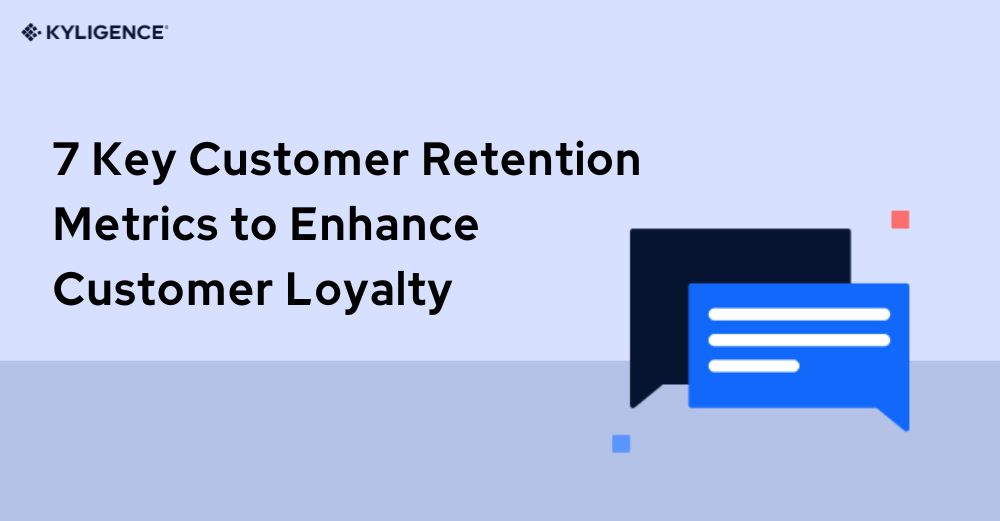Ⓒ 2023 Kyligence, Inc. All rights reserved.

Introduction
Are you struggling to retain your customers and build long-lasting relationships? In today's fiercely competitive business landscape, customer retention is more important than ever.
But how can you measure and enhance customer loyalty effectively? The answer lies in understanding and utilizing key customer retention metrics. By tracking these metrics, you can gain valuable insights into your customers' satisfaction, loyalty, and commitment.
In this blog, we will explore the seven essential customer retention metrics that every business owner and marketing professional should know. Get ready to unlock the secrets of boosting customer loyalty and fostering lasting relationships with your valued customers.
Understanding the Importance of Customer Retention Metrics
Customer retention metrics play a vital role in assessing the success of your business's customer retention strategies. By measuring and analyzing these metrics, you can gain valuable insights into customer satisfaction, loyalty, and commitment. Let's explore why these metrics are so important.
Why are customer retention metrics important?
Customer retention metrics provide valuable insights into customer satisfaction and loyalty. By tracking these metrics, you can understand how well your customers are engaged with your products or services.
These metrics help identify areas for improvement in your customer retention strategies, and allow you to make data-driven decisions to enhance customer loyalty.
The impact of customer retention on business success
Higher customer retention rates directly contribute to increased revenue and profitability for your business. When customers stay loyal to your brand, they are more likely to make repeat purchases over time.
This not only boosts sales but also reduces marketing costs associated with acquiring new customers. Additionally, retained customers become advocates for your business, referring others and expanding your customer base through positive word-of-mouth.
Investing in customer retention strategies and tracking relevant metrics is crucial for long-term business success. It allows you to build strong relationships with loyal customers, increase revenue streams, and establish a solid foundation for sustainable growth.
7 Key Customer Retention Metrics to Track
Customer retention metrics are essential for understanding and improving customer loyalty. By tracking these metrics, businesses can gain valuable insights into their customer base and make informed decisions to enhance customer retention strategies.
Let's explore the seven key customer retention metrics that every business owner and marketing professional should track.
Customer Retention Rate
The customer retention rate measures the percentage of customers who continue to use a product or service over a specific period. It provides an overall view of how well a business is retaining its customers. A high customer retention rate indicates strong customer loyalty and satisfaction.
Churn Rate
Churn rate measures the percentage of customers who stop using a product or service within a given time frame. Tracking churn rate helps identify reasons for customer attrition and take necessary actions to reduce it. By addressing the causes of churn, businesses can improve their products, services, or customer experiences.
Repeat Purchase Rate
The repeat purchase rate indicates the percentage of customers who make multiple purchases from a business. A high repeat purchase rate signifies strong customer loyalty and satisfaction. By focusing on increasing this metric, businesses can encourage customers to come back for more- leading to increased revenue and profitability.
Existing Customer Growth Rate
The existing customer growth rate measures the increase in the number of existing customers over time. It reflects how successful a business is at retaining its current customers while acquiring new ones.
A positive growth rate suggests that customers are satisfied with the products or services and are likely to continue their relationship with the business.
Net Promoter Score (NPS)
Net Promoter Score (NPS) is a measure of customer loyalty and satisfaction based on responses to a single question: "How likely are you to recommend our company/product/service to a friend or colleague?"
Customers are categorized as promoters, passives, or detractors based on their responses. NPS helps identify areas for improvement and gauge overall customer sentiment.
Loyal Customer Rate
The loyal customer rate measures the percentage of customers who consistently choose a particular brand over its competitors. It reflects the level of trust, satisfaction, and loyalty customers have towards a business.
By nurturing and retaining loyal customers, businesses can benefit from their repeat purchases and positive word-of-mouth recommendations.
Customer Lifetime Value
Customer Lifetime Value (CLV) is the predicted net profit attributed to the entire future relationship with a customer. It helps businesses understand the long-term value of their customers and guides decisions related to marketing investments, customer acquisition costs, and retention strategies. Increasing CLV involves maximizing revenue from each customer while minimizing churn.
Tracking these key customer retention metrics provides valuable insights into your customer base, and allows you to identify areas for improvement and make data-driven decisions to enhance customer loyalty.
Conclusion
Tracking and optimizing customer retention metrics is crucial for enhancing customer loyalty and driving business success. By leveraging these metrics, businesses can gain valuable insights into their customers' satisfaction, loyalty, and commitment.
This knowledge allows them to make informed decisions to improve customer retention strategies and foster lasting relationships with their valued customers. To effectively measure and analyze customer retention metrics, consider using Kyligence, a powerful analytics platform.
With its advanced capabilities, Kyligence enables businesses to track, monitor, and optimize key metrics for measuring customer retention. Start your journey towards enhanced customer loyalty by trying Kyligence free today!
